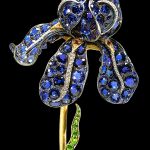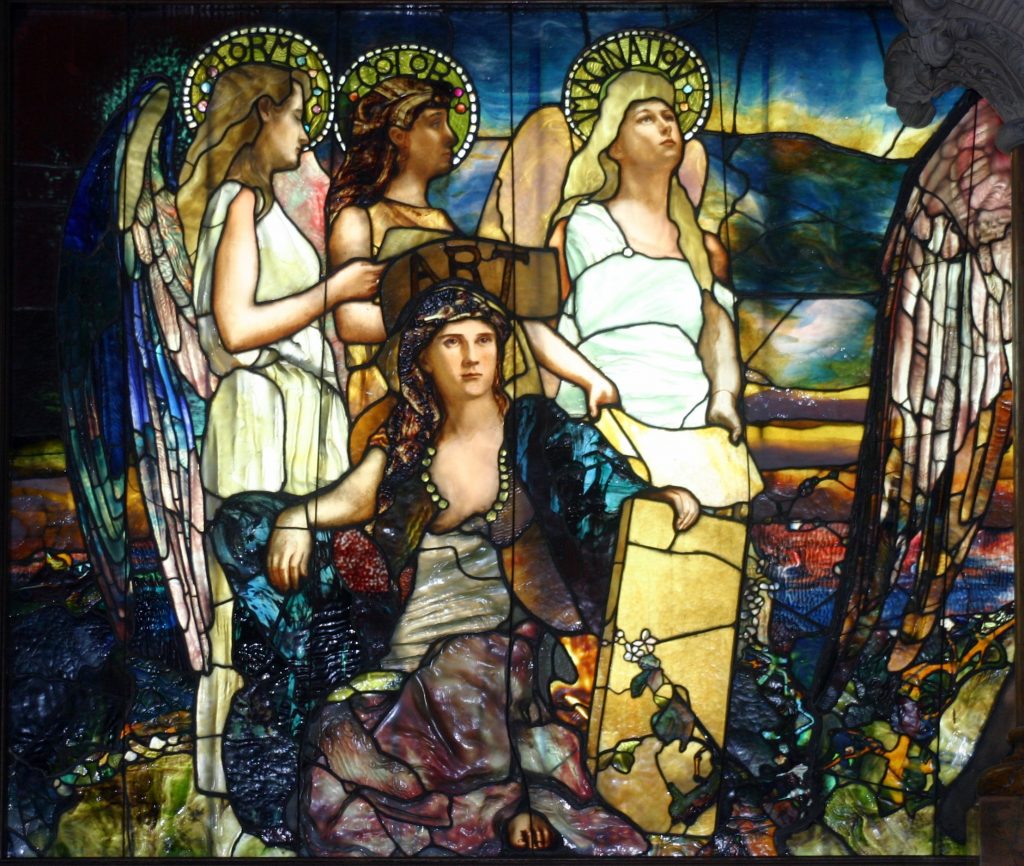
Louis Comfort Tiffany (1848–1933) was an American artist and designer best known for his work in the Art Nouveau and Aesthetic movements. He was a prominent figure in the decorative arts during the late 19th and early 20th centuries and is particularly celebrated for his innovations in stained glass, as well as his contributions to interior design and jewelry.
- Early Life: Louis Comfort Tiffany was born on February 18, 1848, in New York City. He was the son of Charles Lewis Tiffany, the founder of Tiffany & Co., the renowned jewelry and luxury goods company.
- Education and Artistic Training: Tiffany studied art at various institutions, including the Pennsylvania Academy of the Fine Arts in Philadelphia and the National Academy of Design in New York. He also traveled to Europe, where he further developed his artistic skills.
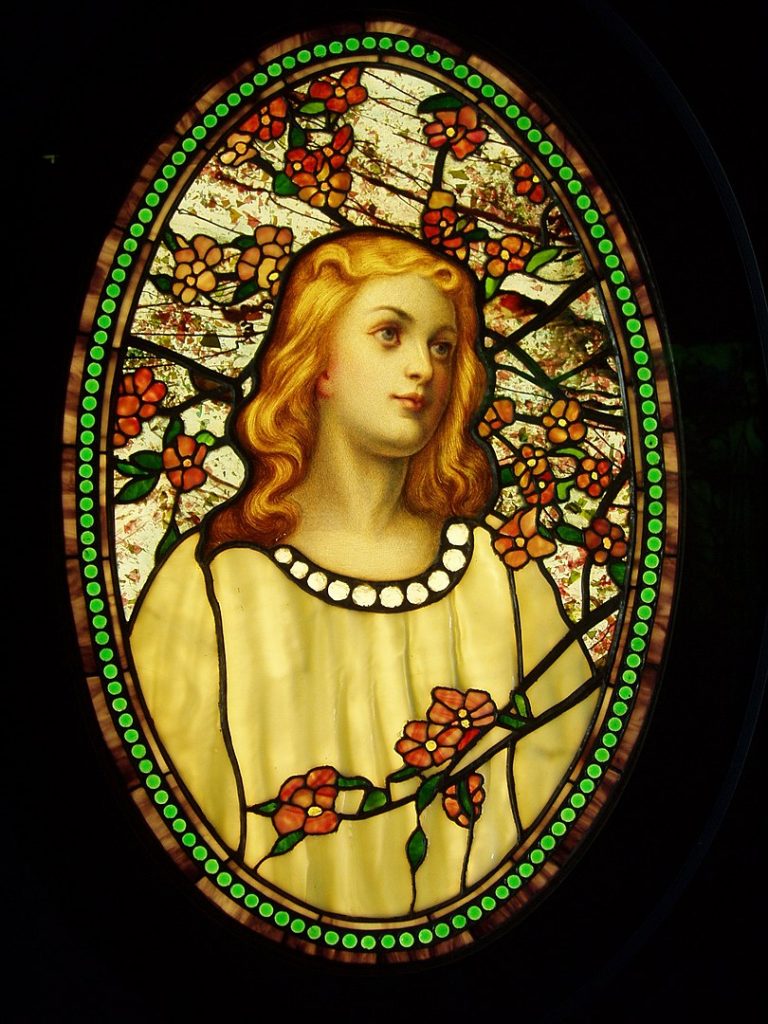
- Founding Tiffany Studios: In 1885, Louis Comfort Tiffany established his own firm, Tiffany Studios, which would become synonymous with innovative design and craftsmanship. The studio produced a wide range of decorative arts, including glass, pottery, lamps, and metalwork.
- Stained Glass: Tiffany is perhaps best known for his groundbreaking work in stained glass. He developed and patented a method for creating opalescent glass, which allowed for a greater range of colors and textures. His stained glass windows, lamps, and decorative objects became highly sought after.
- Favrile Glass: Tiffany’s experimentation with glass led to the creation of Favrile glass, a type of iridescent glass with a distinctive surface. Favrile glass was used in various applications, including lampshades, vases, and other decorative items.
- Tiffany Lamps: Tiffany’s lamps, with their intricate stained glass shades and bronze bases, are iconic examples of his artistic vision. The designs often drew inspiration from nature, incorporating floral and geometric motifs.
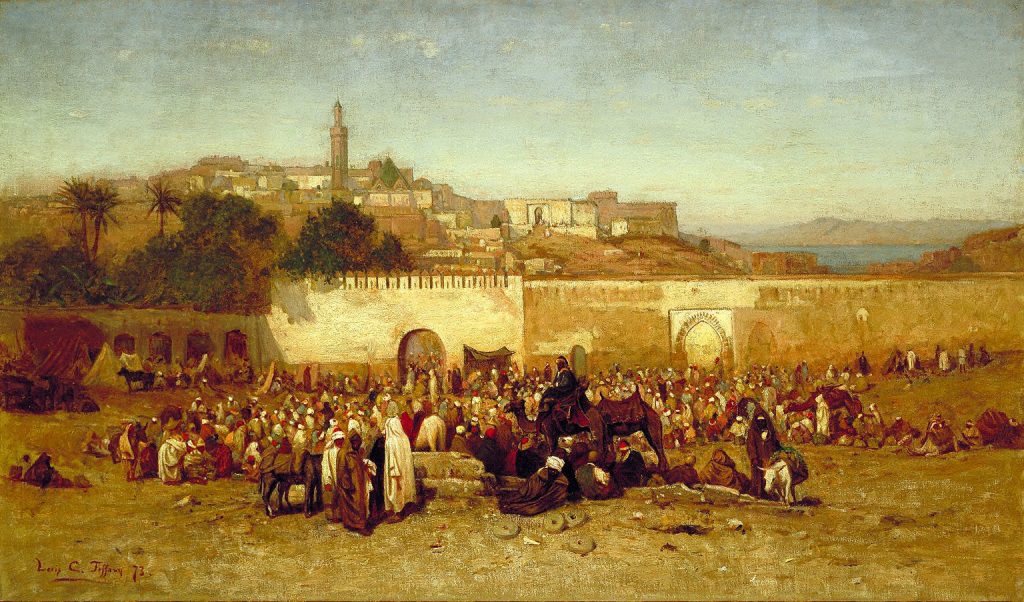
- Interior Design: Tiffany extended his artistic vision to interior design, creating luxurious and eclectic interiors for wealthy clients. His designs often featured a mix of textures, patterns, and colors, reflecting the Aesthetic Movement’s emphasis on beauty and individual expression.
- Jewelry: In addition to his work in glass and interior design, Tiffany also designed jewelry. He created pieces that were characterized by the use of colorful gemstones, enamel, and innovative settings.
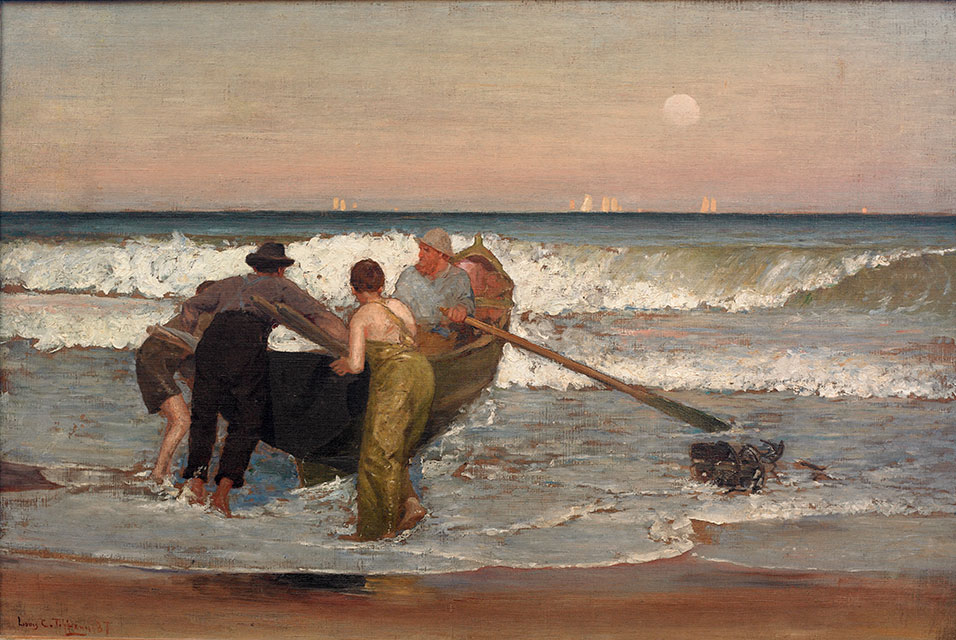
- World’s Columbian Exposition: Tiffany gained international recognition at the 1893 World’s Columbian Exposition in Chicago, where he exhibited his work and received several awards. This exposure further established his reputation as a leading figure in the decorative arts.
- Later Years and Legacy: Tiffany continued to be active in the arts throughout his life. In his later years, he focused on landscape painting. Louis Comfort Tiffany passed away on January 17, 1933, leaving behind a legacy of artistic innovation and a lasting impact on the world of decorative arts.
Louis Comfort Tiffany’s contributions to the arts, particularly in the realm of stained glass, continue to be celebrated, and his works are highly prized by collectors and institutions around the world.



